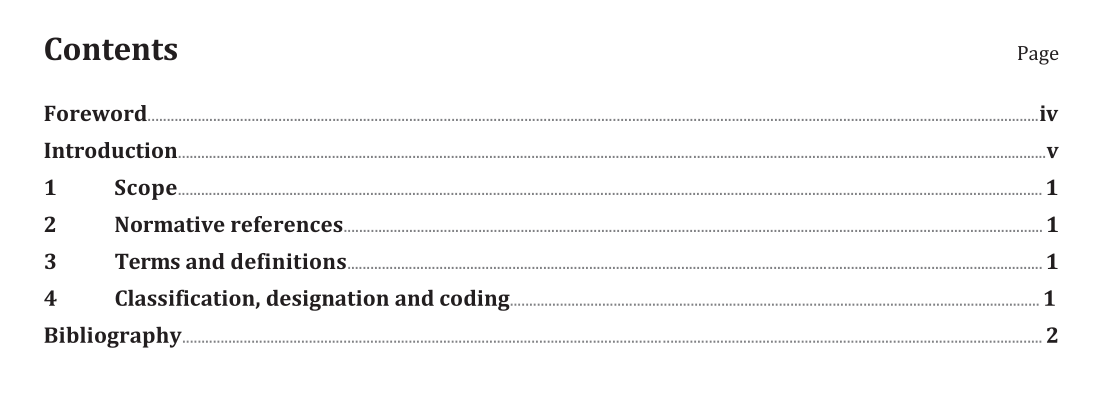BS ISO 19429:2015 pdf download.Dentistry — Designation system for dental implants
1 Scope
This International Standard provides a system for designating the location of an implant body within a jaw, and is intended for use with the scheme described in ISO 3950. It does not in itself indicate whether the device is visible within the oral cavity or the presence of transmucosal components or implant restorations. Since the system describes location but not restoration form, it is not necessary to use the quadrant designation numbers 5 to 8 which are employed when indicating a primary tooth. This information should be recorded by the responsible clinician in the patient’s file and made available to the patient by the clinician(s) who provided the care.
2 Normative references
The following documents, in whole or in part, are normatively referenced in this document and are indispensable for its application. For dated references, only the edition cited applies. For undated references, the latest edition of the referenced document (including any amendments) applies.
ISO 1942, Dentistry — Vocabulary
ISO 3950, Dentistry — Designation system for teeth and areas of the oral cavity
ISO 16443, Dentistry — Vocabulary for dental implants systems and related procedure
3 Terms and definitions
For the purpose of this document, the terms and definitions given in ISO 1942 and ISO 16443 apply.
4 Classification, designation and coding
The scheme uses three characters to indicate the location of each implant body with the first two employing a system corresponding to that described in ISO 3950.
In all cases, the following sequence shall be employed.
— Character 1: This is a digit in the range 1 to 4, and indicates implant bodies in the upper right quadrant, upper left quadrant, lower left quadrant or lower right quadrant respectively.
NOTE Since the system describes location but not restoration form, it is not necessary to use the quadrant designation numbers 5 to 8 which are employed when indicating a primary tooth.
— Character 2: This is a digit in the range 1 to 8, and indicates the location of an implant body in the defined quadrant in a position analogous to that of a natural tooth.
— Character 3: This is always the character `!` which is used to indicate the presence of an implant body, as opposed to a tooth, at the location indicated by characters 1 and 2.
The characters shall be written without any intervening spaces or punctuation. For example, 36! indicates the presence of a dental implant body in the left mandibular first molar region.
BS ISO 19429:2015 pdf download
